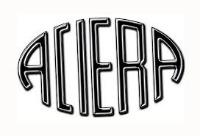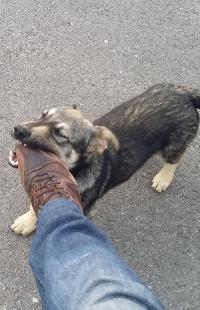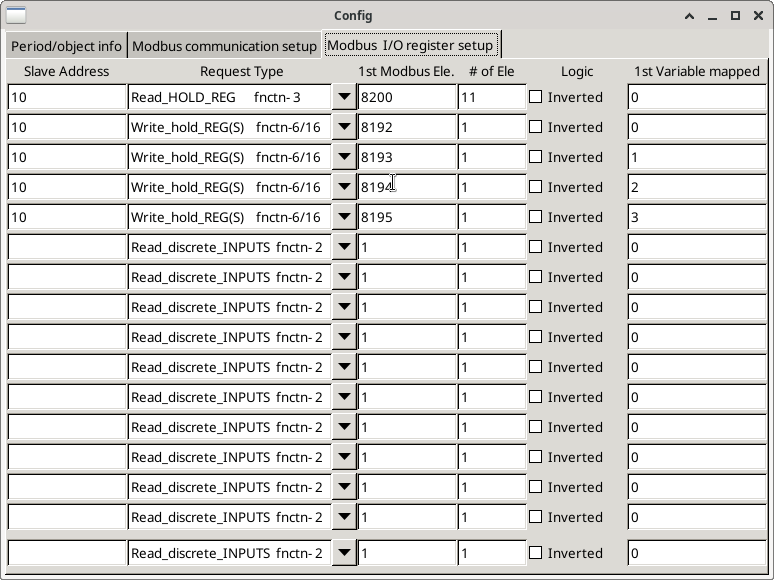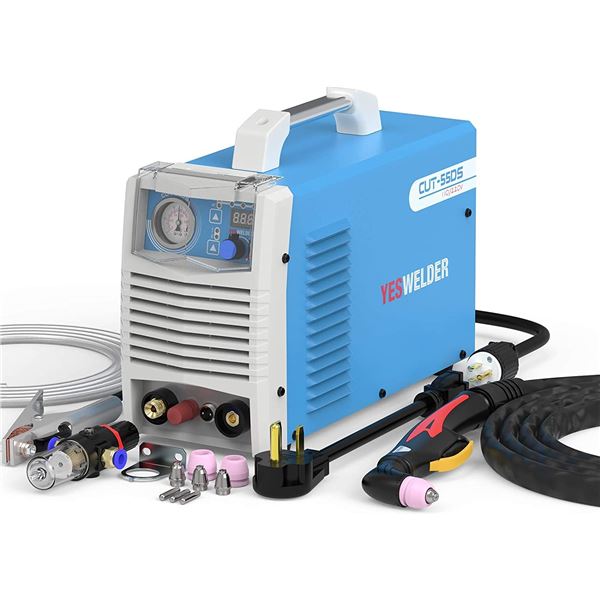Search Results (Searched for: )
- onceloved

19 Nov 2024 09:25
Replied by onceloved on topic Linux CNC powered Ethercat Mill Retrofit
Linux CNC powered Ethercat Mill Retrofit
Category: EtherCAT
- sk_linuxcnc
- sk_linuxcnc
19 Nov 2024 09:12 - 19 Nov 2024 09:42
Replied by sk_linuxcnc on topic Help: configure a Servo motor with (PUL/DIR) as a Spindle by Par-port stepconfig
Help: configure a Servo motor with (PUL/DIR) as a Spindle by Par-port stepconfig
Category: StepConf Wizard
- besriworld
- besriworld
19 Nov 2024 08:44
Replied by besriworld on topic Linux CNC powered Ethercat Mill Retrofit
Linux CNC powered Ethercat Mill Retrofit
Category: EtherCAT
- 7strideR

19 Nov 2024 07:49 - 19 Nov 2024 07:55
Replied by 7strideR on topic Linux CNC powered Ethercat Mill Retrofit
Linux CNC powered Ethercat Mill Retrofit
Category: EtherCAT
- Aciera

19 Nov 2024 07:24
- onceloved

19 Nov 2024 07:22
Replied by onceloved on topic Linux CNC powered Ethercat Mill Retrofit
Linux CNC powered Ethercat Mill Retrofit
Category: EtherCAT
- besriworld
- besriworld
19 Nov 2024 07:14
- Aciera

19 Nov 2024 07:07 - 19 Nov 2024 07:40
Replied by Aciera on topic Fast Hole EDM from Hacked Parts
Fast Hole EDM from Hacked Parts
Category: General LinuxCNC Questions
- 7strideR

19 Nov 2024 06:53
Replied by 7strideR on topic Linux CNC powered Ethercat Mill Retrofit
Linux CNC powered Ethercat Mill Retrofit
Category: EtherCAT
- mBender
- mBender
19 Nov 2024 04:13
Replied by mBender on topic LinuxCNC-RIO - RealtimeIO for LinuxCNC based on FPGA (ICE40 / ECP5)
LinuxCNC-RIO - RealtimeIO for LinuxCNC based on FPGA (ICE40 / ECP5)
Category: Computers and Hardware
- tommylight

19 Nov 2024 03:59
Replied by tommylight on topic Yes Welder CUT55-DS (blue frame) and THCAD-xxx
Yes Welder CUT55-DS (blue frame) and THCAD-xxx
Category: General LinuxCNC Questions
- hirst689
- hirst689
19 Nov 2024 03:06
Yes Welder CUT55-DS (blue frame) and THCAD-xxx was created by hirst689
Yes Welder CUT55-DS (blue frame) and THCAD-xxx
Category: General LinuxCNC Questions
- dbtayl
- dbtayl
19 Nov 2024 03:03
- dbtayl
- dbtayl
19 Nov 2024 02:38
- IronManDylan
- IronManDylan
19 Nov 2024 01:09
Replied by IronManDylan on topic Fast Hole EDM from Hacked Parts
Fast Hole EDM from Hacked Parts
Category: General LinuxCNC Questions
Time to create page: 0.374 seconds



